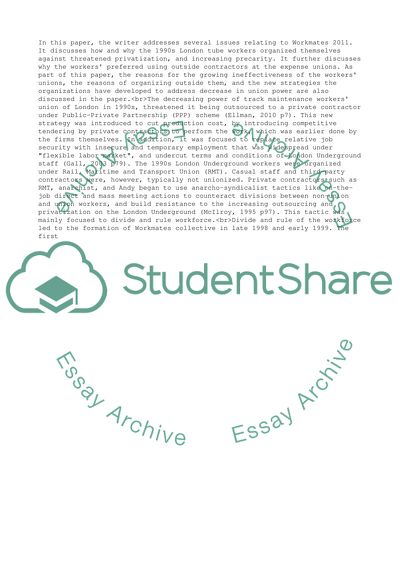Cite this document
(Mass Strikes Essay Example | Topics and Well Written Essays - 2000 words - 1, n.d.)
Mass Strikes Essay Example | Topics and Well Written Essays - 2000 words - 1. https://studentshare.org/human-resources/1764361-mass-strikes
Mass Strikes Essay Example | Topics and Well Written Essays - 2000 words - 1. https://studentshare.org/human-resources/1764361-mass-strikes
(Mass Strikes Essay Example | Topics and Well Written Essays - 2000 Words - 1)
Mass Strikes Essay Example | Topics and Well Written Essays - 2000 Words - 1. https://studentshare.org/human-resources/1764361-mass-strikes.
Mass Strikes Essay Example | Topics and Well Written Essays - 2000 Words - 1. https://studentshare.org/human-resources/1764361-mass-strikes.
“Mass Strikes Essay Example | Topics and Well Written Essays - 2000 Words - 1”. https://studentshare.org/human-resources/1764361-mass-strikes.


